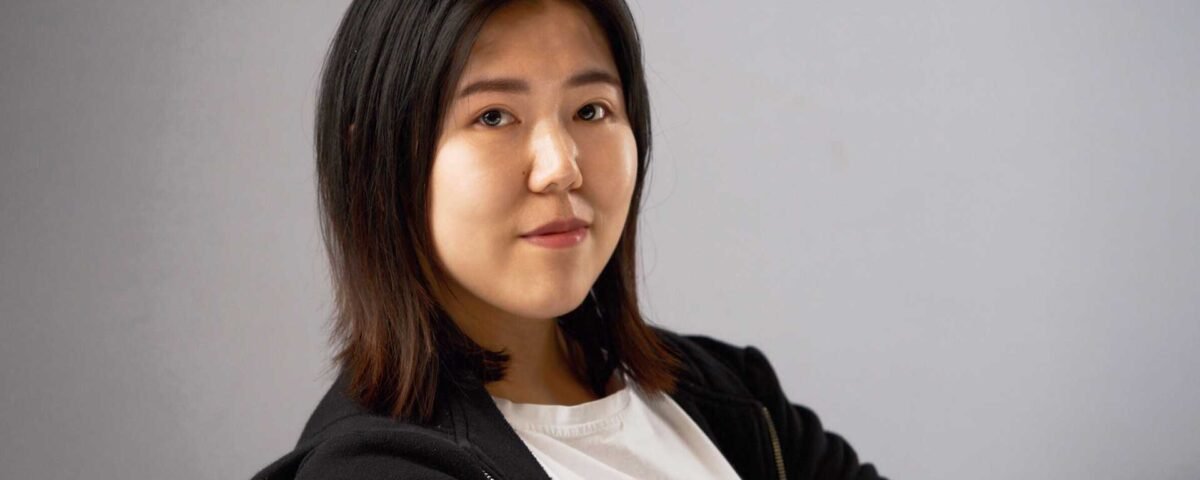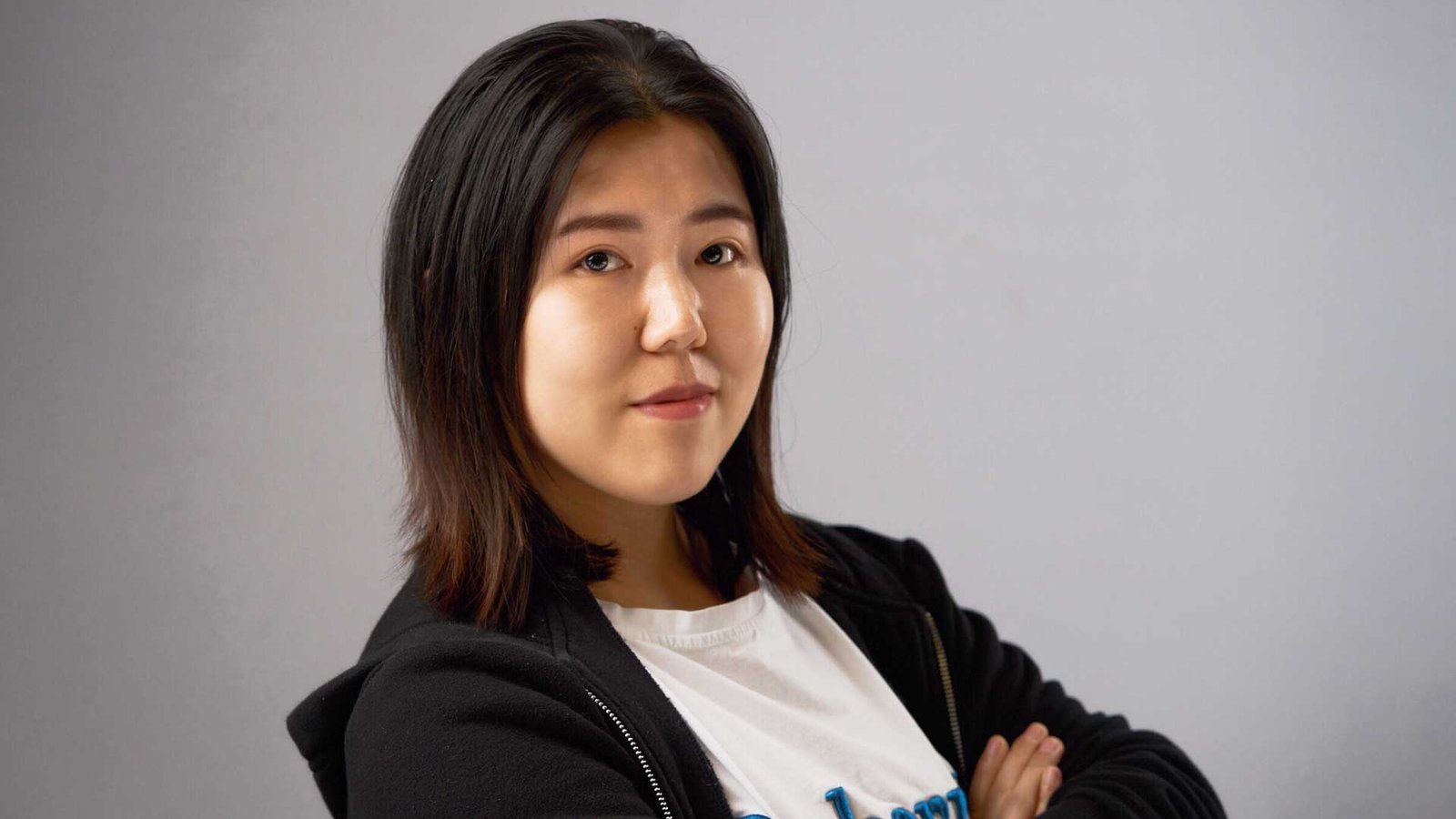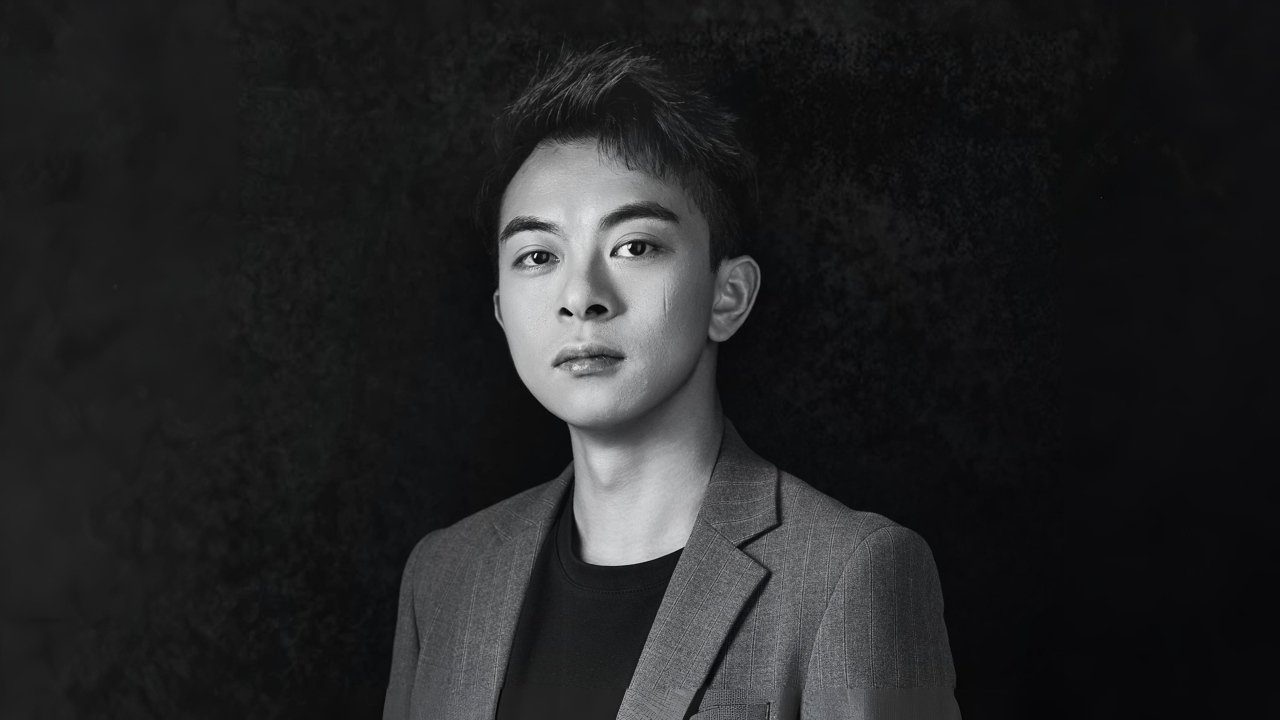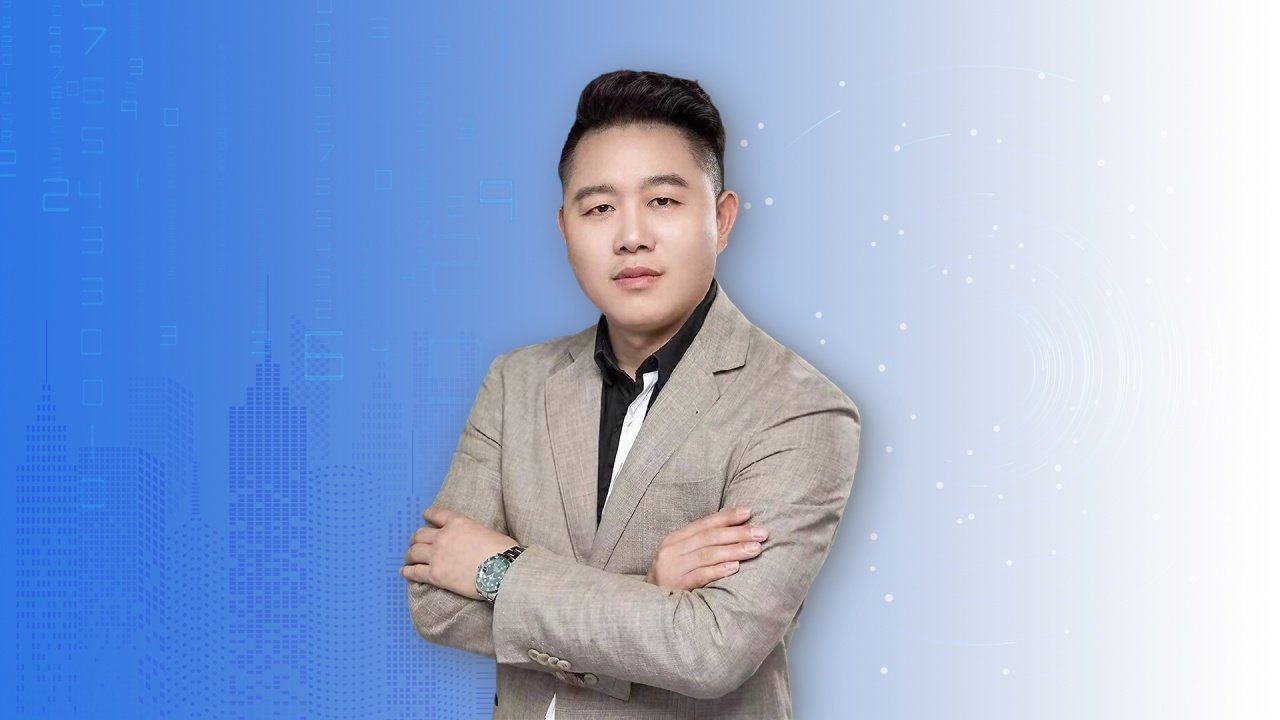
What Still Stands | The Heritage Photography of Joseph Durocher
June 30, 2025
A Dialogue of Texture & Light: Inside the Mind of Chih-Cheng Chang
July 1, 2025Jing Peng
Jing Peng is a UI/UX designer passionate about merging AI and gamification to transform education technology. She leads the creation of adaptive, AI-powered platforms at Synthesis that personalize learning, deliver real-time feedback, and make education more engaging and accessible.
I’m Jing Peng, a UI/UX designer passionate about merging AI and gamification to revolutionize education technology. My expertise lies in crafting intuitive, adaptive learning experiences that bridge cutting-edge technology with human-centered design. At Synthesis, I lead the creation of AI-powered platforms that personalize education—dynamically adjusting content, providing real-time feedback, and making learning more engaging and accessible for all.
What inspires me most is the tangible impact of this work. Beyond driving business growth, we’re designing tools that serve diverse learners, including students with disabilities (like dyslexia and autism), more than 3.7 million homeschool and remote learners across the U.S., and underserved communities facing educational barriers. This isn’t just innovation—it’s equity in action.
Outside of my role, I channel this same mission into projects like Mindmender, an award-winning AI initiative that breaks down barriers to mental health support. Looking ahead, I’m committed to advancing AI and design to uplift marginalized groups, ensuring technology doesn’t just solve problems—it transforms lives.
Being recognized by the MUSE Design Awards holds profound significance for me—not only as a career highlight, but as a powerful confirmation that thoughtful design can be a force for meaningful progress. Winning for the Synthesis Teams Accessibility project, which reimagines inclusive education through innovative DEI solutions, strengthened my conviction that transformative design lives at the intersection of technology and human empathy. This accolade underscores how prioritizing accessibility and equity creates ripple effects that extend far beyond interfaces—it changes lives and learning outcomes.
More than an honor, this recognition energizes my dedication to solving complex human challenges—whether in education, mental health, or other underserved areas. It crystallizes a core truth: design isn’t just about solving problems elegantly; it’s about wielding creativity as a tool for social empowerment. Every pixel and interaction we craft carries that responsibility—and this award reaffirms my commitment to meeting it with intention.
Professionally, it has elevated the visibility of my work, leading to speaking invitations at education technology conferences and meaningful dialogues with organizations passionate about inclusive design. This recognition has become a powerful case study demonstrating how accessibility-forward design can achieve both social impact and business excellence—a narrative that has helped secure stakeholder buy-in for ambitious projects at Synthesis.
For my team, the award validated our collaborative approach to human-centered design. It has strengthened our credibility when advocating for accessibility investments, and we’ve seen increased internal support for dedicating resources to DEI initiatives.
Most excitingly, this achievement has opened doors for me to mentor emerging designers focused on ethical AI and accessibility—something I’m particularly passionate about. I hope our work at Synthesis can now be studied as a benchmark in accessible EdTech design, and that’s the kind of legacy I find truly rewarding.
Experimentation is the engine of innovation in my design process—it’s how we move beyond assumptions to create solutions that truly resonate. I approach it systematically:
rapid prototyping → targeted user testing → data-informed iteration. This fail-fast mentality allows us to pressure-test ideas before overcommitting resources, while still leaving room for creative breakthroughs.
One of our most profound sources of inspiration came from an unexpected place: observing how children with autism spectrum disorder naturally interacted with therapy dogs during our user research. While developing Synthesis Teams, we noticed how these effortless, non-judgmental connections created a safe space for learning—something digital platforms often struggle to replicate.
For example, we built more unconditional positive reinforcement into the system by reshaping our error-handling framework. We prioritized celebrating effort over correctness to support children with ASD in their learning. The result was roughly a 60% decrease in frustration behaviors during testing—parents reported that their children would lean toward the screen as they would with a therapy dog. One mother told us it was the first time her son had ever asked to "play with friends" online.
This experience fundamentally changed how I approach inclusive design. Sometimes, the most advanced solutions don’t come from technology, but from honoring the organic ways vulnerable users already navigate their world.
I wish more people understood that truly inclusive design isn’t a checklist—it’s a fundamental shift in perspective. Early in developing Synthesis Teams, we assumed accessibility meant adding features post-launch. But watching neurodiverse children interact with our prototype revealed a harder truth: when you design from the edges rather than for them, you don’t just accommodate disabilities—you uncover innovations that benefit everyone.
For example, in Synthesis Teams, we include many interactive prompts that encourage students to read aloud (improving focus and reading skills) and structured reflection phases after each game to reinforce learning. These features were originally designed for dyslexic users but are now used by all students—and have proven highly effective. The therapy dog–inspired feedback system I mentioned earlier reduced frustration behaviors for all learners by 40%. Good design doesn’t just meet standards—it reveals human needs we didn’t know existed.
The most transformative solutions emerge when we stop seeing accessibility as a compromise and start recognizing it as our most powerful creative constraint.
Early in the Synthesis Teams project, we struggled to balance adaptive AI (which requires vast amounts of data) with the need for hyper-personalized experiences for neurodiverse learners. Some stakeholders were concerned that prioritizing accessibility might limit scalability.
We prototyped a modular design system where the AI “learned” from micro-interactions—such as how students with dyslexia engaged with read-aloud prompts—and applied those insights globally. This not only improved inclusivity but also revealed that personalized UX patterns boosted retention for all users by 22%.
When facing creative blocks, I return to my fundamental belief that creativity lives at the intersection of observation, play, and cross-disciplinary exploration. Here's how I reignite that spark:
First, I step away from screens and immerse myself in human experiences—whether people-watching at a park or having unstructured conversations with users. Designing Mindmender taught me that observing raw, unfiltered behavior often reveals solutions no brainstorm could.
My gaming background becomes particularly valuable here. I’ll often play narrative-rich games or experiment with game design tools—not for direct answers, but to recapture a mindset of playful experimentation. There’s something about interactive storytelling that resets my perspective.
I also deliberately seek "wrong" inspiration—studying architecture for UX flows, analyzing music composition for interaction rhythms, or exploring scientific papers for metaphorical frameworks. These forced perspective shifts consistently help me bypass creative ruts.
Ultimately, I’ve learned that creative blocks signal a need for more input, not more output. By reconnecting with human stories, playful thinking, and unexpected disciplines, I don’t just recover—I often return with better, more innovative solutions.
Reflecting on my career, three principles have shaped my trajectory: fluid adaptability, radical empathy, and relentless curiosity—each reinforcing the others in practice.
In the ever-evolving intersection of UI/UX and AI, I've learned to treat change as my design partner. When developing Synthesis’ adaptive learning platform, we completely rearchitected the AI model three times in six months based on educator feedback. This mindset shift—from fearing pivots to anticipating them—has allowed me to transform emerging technologies into tangible user benefits while maintaining strategic focus.
I approach every design problem as an anthropologist might. Before prototyping Mindmender’s mental health features, I spent weeks observing teletherapy sessions and tracking emotional cues users couldn’t articulate. This depth of understanding separates surface-level usability from truly resonant design. My rule: if your user research doesn’t occasionally surprise or discomfort you, you’re not digging deep enough.
Lastly, my Carnegie Mellon graduate research on cognitive load theory became the foundation for how we structure learning modules at Synthesis—proving that academic rigor fuels practical innovation. But learning extends beyond formal education; I dedicate every Friday to “future studies,” exploring everything from neuroscience papers to experimental game design. This cross-pollination consistently sparks breakthrough ideas.
Early in my career, I focused on crafting elegant interfaces. But designing Synthesis Teams taught me that breakthrough work happens when you obsess over why users struggle, not just how they interact with your product.
Great design starts with truly understanding people—not just what they say, but what they actually do. When we created Synthesis Teams, I didn't just ask parents about their needs—I spent a week watching how families really used learning tools at home. Those real-world observations led to our most impactful dashboard improvements.
Some of our best features came from designing for specific challenges first. Our navigation system for nonverbal students accidentally became everyone's favorite way to use the platform. Now we always start by solving for the toughest cases—the solutions usually work better for everyone.
We also measure differently. Instead of just tracking if users finish tasks, we look for signs of frustration—like when someone pauses too long or clicks too fast. These small moments reveal the real problems to fix.
The best designers I know don't chase trends. They spend time getting to know their users better than anyone else does. That's where the best ideas come from.
I wish more people would ask me questions like, "How do you measure the human impact of your designs beyond business metrics?"
My answer would be: At Synthesis, we track moments such as the eight-year-old with dyslexia who now asks to read because our AI highlights phrases in rhythm with her natural breathing; coaches reporting our reflection prompts reduced anxiety and silence in a session by 40%.
These moments reveal what spreadsheets can’t—when design doesn’t just function but transforms someone’s relationship with learning. The real metric of success? When users don’t just adopt our tools—they redefine what they believe they’re capable of. That’s the power of human-centered AI.
Jing Peng
Jing Peng is a UI/UX designer passionate about merging AI and gamification to transform education technology. She leads the creation of adaptive, AI-powered platforms at Synthesis that personalize learning, deliver real-time feedback, and make education more engaging and accessible.
Explore the journey of Jian Zhu, the Gold Winner of the 2025 MUSE Design Awards. He draws inspiration from the Solar Decathlon, blending engineering and sustainability to create lasting impact through innovation and human-centered strategies.







